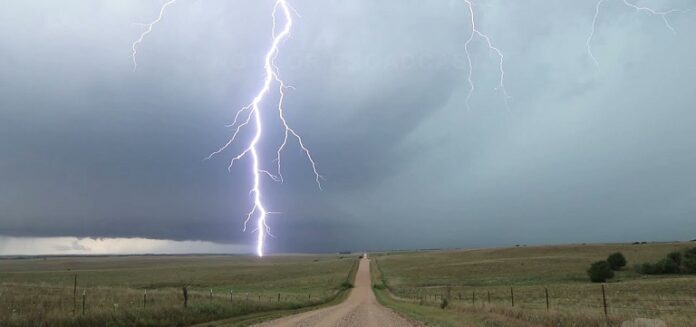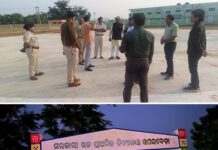
By Our Correspondent
BHUBANESWAR: The thunderstorm that deluged the capital city on Monday afternoon is a freak event and the impact of climate change, Dr Sarat Chandra Sahu, Director of SOA’s Centre for Climate and Environment (CEC) here said.
The torrential rain accompanied by lightning which began just after 2 pm and continued till 7.30 pm flooded many areas of the city.
As recorded at the CEC observatory, 251.6 mm of rainfall was recorded during the five and half hours and it could be more in some areas, Dr. Sahu said.
Though heavy rainfall had been recorded in Bhubaneswar in the past it was over a longer period of 24 hours or more, he said.
Dr. Sahu said 282.3 mm precipitation was recorded in the city on July 30, 1969, 277.8 mm on June 22, 1971 and 254.2 mm on August 20, 1997.
The city received a record 426.4 mm on October 30, 1999 when coastal Odisha was ravaged by the super cyclone, he said.
Pointing out that there was no appreciable rainfall or thunderstorm in the past few months, Dr. Sahu said it was presumed that latent heat stored in the atmosphere could have triggered heavy rainfall when favourable condition prevailed.
Dr. Sahu said the low pressure area which had formed over north east Bay of Bengal on Tuesday intensified into a deep depression over the same area and the system was likely to move in a north-westerly direction and cross Bangladesh coast tonight.
Thereafter, it is likely to pass through West Bengal, Jharkhand and Chhattisgarh and remain active till August 4.
Under its influence, heavy to very heavy rainfall is expected on Tuesday and Wednesday in the districts of Mayurbhanj, Keonjhar, Balasore, Bhadrak, Jajpur, Khurda, Cuttack, Nayagarh, Angul, Dhenkanal and Deogarh.
The districts of Deogarh, Angul, Sundargarh, Jharsuguda, Bargarh, Sambalpur, Sonepur, Boudh, Balangir, Nuapada and Kalahandi are expected to receive heavy rainfall between August 2 and 4, he said.
Copious rainfall will occur in the catchment areas of rivers Subarnarekha, Brahmani and both upper and lower catchment of Mahanadi over the next three days. The probability of heavy rainfall in the catchment area of Baitarani and Budhabalanga rivers could not be ruled out, Dr. Sahu said.


























